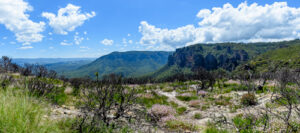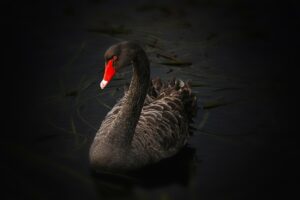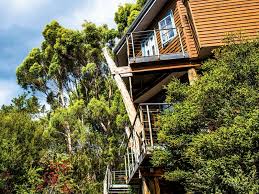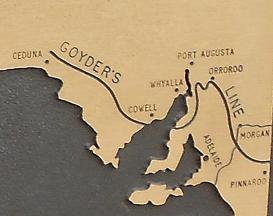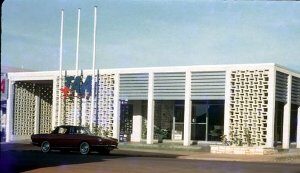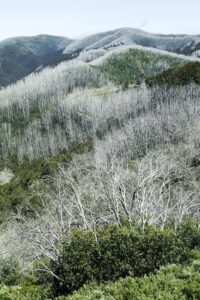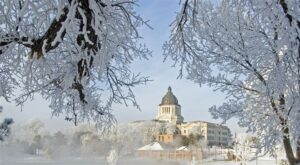Margaret Thatcher always prided herself on how little sleep she needed. She ended up demented. Likewise, her mate Ronald Reagan emulated her four-hour nightly repose. He too ended up demented. No, there is no evidence that their form of dementia is contagious.
I’ve been writing about sleep deprivation, especially among politicians, since I worked in the Canberra “hot house”.

My article here was prompted by one I read in the AFR last month. The AFR reported inter alia in an article written by Sally Patten that Steven Lockley, an associate professor of Medicine at Harvard Medical School, says: “For the past three or four decades, really, we’ve heard a lot from the exercise lobby and the nutrition lobby, which maybe gives the impression that [they are] more important than sleep.
“In my opinion, they are not. Sleep may be more important than both of those [exercise and nutrition]. If you don’t sleep well, your nutrition metabolism is impaired. If you’re fatigued, [exercise] is impaired. I think sleep needs to be raised in its importance across those three topics.
Whether anybody pays attention to this important statement is anybody’s guess, but personally I am not optimistic that it elicited any response.
Not having sleep seems to be a challenge for the ambitious in particular. There was a certain machismo about it. In the animal kingdom, there are a wide variety of sleep patterns – carnivores tend to sleep most of the day – the lion can sleep about 18 hours, whereas at the other end of the animal spectrum the giraffe is alleged to sleep for only 17 minutes per 24 hours.
In January 1964, a student deliberately went for 11 days and 25 minutes without sleep, as with blokes of his age, courting the limits of human endeavour – the award merely, as was this case, to end up as a line entry in the Guinness Book of Records. This was the last time this feat was recognised because it was deemed to be completely and idiotically unsafe.
The experiment attracted one William Dement, (yes, actual name) who was one of the early researchers into the effect of sleep deprivation. The sleep was shown to be interrupted by catnapping although the fellow seemed awake and totally unaware of this phenomenon; and it was notable that he did not use any medication apart from Coca-Cola during his marathon. There were no apparent sequelae, although in the immediate post-sleepless period, he had some difficulty in sleeping, and long term he suffered from insomnia.
I was unaware of this event when I started being interested in the pathology of going without sleep. My attention was initially attracted by the “tipping cat experiments” whereby cats were allowed to go to sleep and then tipped off the board. Very soon, you had a mad cat; and there was an unsourced report, which seems to be so sadistic and pointless, that keeping a cat awake for 15 days will kill it.
The problem is that the sleeplessness does not lead to any apparent immediate disability, especially if one has an isolated Parliament in a rural setting, full of sleepless people, where the sleeplessness is aggravated by the consumption of alcohol. The spectre of this nation being governed by people with little sleep often compounded by hangovers is a depressing scenario. After all, in the asylum, who is the maddest? Who decides?
Those Prime Ministers notorious for indulging themselves in waking up staff and public servants during the night in fits of whim are no different from the researchers who conducted the “tipping point” experiments, except that the researchers had independent approval for their action.
Disturbing people’s sleep, unless there is a disaster requiring immediate attention, sabotages the whole concept of good public administration. The prospect of senior persons of power waking up their minions just to demonstrate their power is evidence that they are already damaged. Perhaps this is because of their chronic lack of sleep from too much plotting and scheming.
Moutardiers du Monde, Unir!
The Romans were the first to experiment with the preparation of mustard as a condiment. And by the 10th century the monks of St-Germain-des-Pres in Paris absorbed the mustard-making knowledge of Romans and began their own production.
First made in the 14th century, Dijon mustard does not have to be made in that region, provided it follows the formula that was first devised in 1856 by Jean Naigeon, a mustard maker from Dijon. Into smooth, brown seed mustard, verjuice—an acidic juice made from unripe grapes—was substituted for the common vinegar. That was his critical ingredient.
I asked my wife whether we were having difficulty getting Dijon mustard. She said no. Why? I said I had read that last year Europe was in the grip of a mustard shortage. It struck France hard because, believe it or not, the average French person consumes one kilo of mustard annually. The amount that lies on the side of the plate was not calculated, save it to say that at the height of the crisis in mustard, it was not automatically added to a dish, whether, for example, as an element of mustard Gaston chicken or just left on the side of the plate.
I would have thought the mustard would have been grown around Dijon, and while that may have been case, it has been clearly insufficient. The reason for the mustard shortage lies far away in Canada, which provides 80 per cent of the brown-grain seeds (brassica juncea) needed for Dijon mustard. A devastating 2021 heat wave in the provinces of Alberta and Saskatchewan, blamed on climate change, halved production and left French companies scrambling to secure seed supplies.
The centre for English mustard making is Norwich, where Colman’s mustard manages the classic English mustard, with its “hot” appellation. It is a mixture of yellow and brown mustard seed. While Colman’s always hovered as the acme of English mustard, Keen’s mustard powder was the condiment we grew up with, mixing it with water, put in its special pot on the table. Always with roast beef, my earliest memory of little yellow blobs swimming in gravy waiting for the late entry of Yorkshire pudding, my grandmother’s contribution to Sunday lunch, her overture before we could start eating.
The Russian invasion of Ukraine disrupted the supply of the yellow mustard seed, used in German mustard, which is very much the mustard used in USA with the classic hot dog in a roll. Turmeric is added to make it even more yellow. Both Russia and Ukraine are major producers of the yellow seed. Together with Canada and Nepal, they contribute over 70 per cent of the world production.
Where does Australia rate? Not one of the major players, I’m afraid.
In Australia, there is interest in mustard growing. It grows as an alternate crop to canola, but it is more drought resistant. The move is part of a succession/extension of the small, family-owned Yandilla Mustard enterprise at Wallendbeen in south-west NSW. Yandilla has grown into a venture producing 200 to 300 tonnes of mustard seed annually. By comparison, Canada produces 200,000 tonnes, with most coming from Saskatchewan.
In Australia, interest as far as can be ascertained, is in the brown and black mustard seed and also in growing giant red mustard, which is a very spicy Asian green, tasting like horseradish, and valued in a variety of Asian dishes – not part of the seedy diaspora.

So, there you are, the mustard story in a brimming moutardiere.
And bonne nouvelle by the end of this year, it is anticipated that the mustard shortage will be much improved. But just another testimony to climate alteration – not being able to cut the mustard.
Dwelling on Stable Circumstances
I have always been interested in housing policy, even before I ran a community health programme in Victoria. I have lived long enough to have experienced periods where it seemed that all forms of public housing were tried.
In looking back, I have noted how “slum clearance” has changed into “gentrification” of the inner suburbs. Slum clearance meant destroying many of the old working-class suburbs, built when Melbourne had expanded in its boom period of the nineteenth century. This housing stock was built at a time when Melbourne was unsewered, with a network of cobbled lanes for the convenience of the “nightmen”. Much of this housing stock had fallen into disrepair, a situation aggravated by the Great Depression. It was a time when the growing middle class was building and buying into garden suburbs, where the blocks were large enough for such estates to develop integrity – “the quarter-acre block” became part of the language.
No longer was there the need for outside toilets and a network of cobbled lanes. But in the inner suburbs these persisted. Worker cottages were often poorly maintained, where hygiene was lacking and poverty obvious. Vermin brought disease, and while a variety of public health measures was introduced, infant mortality remained relatively high and both acute infections like streptococcal pneumonia and chronic infections like tuberculosis were rife. Hence, these suburbs were ripe for renovation or replacement. The large concrete buildings were seen as the preferred solution.
The Holmesglen Factory, which had been geared to the construction of small arms during WWII, provided the industrial base for the prefabricated concrete which provided these 20 or 30 storey blocks of flats, to replace the slums. In retrospect, the question is how many of these houses would have been renovated if the Housing Commission had not acquired the land and built what soon became eyesores on the skyline of Melbourne.

These public housing colossi were stark from the beginning, the homes now a vertical slum-in-the making. They did not break the culture of poverty, just concentrated it. Indeed, unless the residents are provided with accommodation that goes beyond the basic, then what hope is there for successful intervention in the cycle of poverty, poor housing and poor health.
Having inherited some money, I invested in inner suburban properties, and while they were habitable, there was always work to be done on leaking roofs. Before receiving this modest inheritance, I had been a tenant in the inner city near the hospital before buying a terrace house close to the University of Melbourne, the deposit paid out of profit gained from selling nickel shares. One of our tenancies had ended abruptly when the roof leaked so much that the staircase became a waterfall.
Having been a tenant, I tried to be a reasonable landlord. The first property became known as “the pot house” as I subsequently found out after the police raided it and took away a large crop of cannabis sativa growing in the back garden. That was one experience. The other was when the ‘beads and sandal” student renters lit the candles too close to a rack of flimsy garments and the top floor sustained some moderate damage from the subsequent fire. The investments were in stand-alone houses, which now 40 years later have nevertheless survived to become expensive properties.
The other trap which I have is to buy into blocks of flats where the body corporate is a “stacked deck”. In other words, the body corporate is set up in a way that the incoming buyer has no say. Getting into the fraught area of rental is not for the faint-hearted; and it is where altruism is scarce.
A sense of home was underpinned by aspects of the housing service, property quality and affordability which are potentially amenable to intervention by housing providers, both public and private. These findings raise questions about the extent to which social housing providers and the private rental market can meet the needs of vulnerable tenants – the raw side of gentrification.
Earlier, my father had bought a block of land covered in blackberries in the then outer suburb of Jordanville in the 1940s. Essentially, the area was rural and quiet until 1947 when Housing Commission, Victoria moved in and built street after street of concrete and brick houses and two storey flats. The young married couples with children who occupied these low-cost houses increased the local population six-fold between 1950 and 1956.
On one side of the then Bayview Road was a public housing estate which stretched back into Ashburton; on the other side the epitome of middle class status, the Riversdale Golf Club. Eventually, the houses were released so they became privately-owned homes.
The Housing Commission administered this building program. I remember one of the Commissioners, during a visit to the Commission in an attempt to find common ground as part of trying to form a liaison between community health and public housing. The discussions were pleasant but aimless, and as the discussion was coming to an end, this Commissioner offered us a whisky. It was 11 a.m. The Victorian Housing Commission lasted until 1984 before it was abolished.
The other housing programs that I encountered when I was running community health was the construction of public housing in small country townships. Again, these estates concentrated poverty and disadvantage, given that other areas of the public service tried to use these estates as dumping areas. Released from prison, given a rail ticket to one of the four corners of the State, ending up in colourfully titled places of public housing like the Bronx . While these estates were not universally bad, they still perpetuated that culture of poverty, and moreover, stigma.
I lived through the Whitlam era where the advocacy of regional centres, specifically constructed, was so important that a specific Federal Department was created. There were great expectations held for Monarto in South Australia, but in effect only Albury-Wodonga arose as the program’s legacy, through the creation of the suburbs of Thurgoona on the Albury side and Baranduda on the Wodonga. I used to attend meeting as a Victorian representative on one of the Committees, where we had pleasant lunches and where the wheels of change moved glacially.
Yet then there was diversity. There were public servants directly interested in housing people – not only developers looking for a quick quid. These became the dominant drivers of increased housing. Estates constructed were without much attention to the services, which the private sector left to the local authorities. The neo-liberals may shudder but travelling around planned environments of which Canberra is the greatest example in Australia does have charm.
What have we got? A crop of huge houses consuming whole blocks of land in outer Melbourne suburbs with twee names like Cloverton and Caroline Springs, expanding into these monotonous estates resembling from above as a giant series of the Roman testudo, totally at odds with Australia’s climate. These are testimony to the rise of private housing unfettered by public surveillance.
Housing policy for so long in abeyance is now front and centre; but there has been a reluctance by Government to be involved rather than just devolving it to an essentially unregulated mess. I believe among the mass of data available the ability to identify what works is to trump ideology. From what I see we are a long way away from a solution, but one thing is for sure, masterly inactivity, otherwise known as laissez-faire, will not work.
She’ll be Apples
In January 2020, the Dunns Road bushfire burnt over 330,000 hectares of pine forests, orchards, and grazing country around Batlow in the New South Wales Snowy Mountains.
It destroyed around 20 homes and damaged hundreds more. – ABC June 2021.
Batlow and the surrounding countryside, which is famous for its apples, was hit by the severe bushfires which carved their way through southern NSW in 2020. The fact is that one does not associate orchards with fire burning them up. I kept a report of the 2020 severe fires, which burnt many of the fruit trees. It was an uneven experience. For example, a major grower, Montague, had 75-hectares of apple orchards around Batlow, 206,000 trees producing a wide variety of apples. It experienced only minor damage, but nevertheless, the quality of the apples suffered. Other smaller growers experienced greater losses.
One grower summed up his plight by saying, “That the biggest issue would be the clean-up, and then making sure that we have got sufficient cash flow to get through until harvest in mid-February. It will begin with Gala apples, then go through until early May with Pink Lady.”
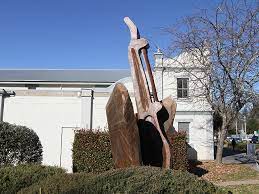
The sign of the future, the “Big Apple”, survived without any sign of scalding, as did the Big Peeler, which lies closer to the heart of Batlow.
One person was reported as saying as the bushfire threat was receding, but looking to the future, “This is really unprecedented territory. It is just really difficult to comprehend reality. As much as I am looking forward to getting back up there, there is a certain amount of dread to what we might see.”
Yet, within a year, Batlow had rebounded and experienced a bumper harvest. This was helped by the drought lifting, which in itself had provided the favourable conditions for the revival of the orchards.
A lack of backpacker labour during the pandemic meant turning to innovative solutions to get through the season. Thus, for instance, one grower invested in two apple picking machines that can assist workers who would otherwise bear the load of carrying heavy sacks and climbing ladders. At $150,000 each, the machines have been a significant investment, but one that the orchard manager has said to be well worth the cost.
The destruction of the fires has been replaced by improved infrastructure, but twenty years ago there were 75 growers and now there are just twelve. Despite technological improvements as mentioned above, just to be an apple grower is increasingly unviable, and the lifeline to profitability is diversity.
The growth of the cider making industry in Batlow, with its festival that attracts large crowds, heralds a change in emphasis, and it might be said that when fire comes, in the reconstruction, the replacement orchard reflects trends in the popularity of apples and other fruit (cherries are being increasingly grown) and the products, particularly the fermented product – cider.
Around Batlow, attention is being paid to clearing the land and planting away from the pine plantation and other wooded areas. From all reports, Australia is entering a period of low rainfall and hence drought. What is interesting to see is what has happened to a circumscribed industry and its associated population centre after the fires; and how quickly nature and human ingenuity given the right climate can not only regenerate the industry and the township but also maintain its new level of bushfire surveillance.
As one may say “she will be apples”. But not without the energetic efforts described above.
Tangier
Tangier to me was always that notorious flesh pot on the North African coast.
But there is another Tangier. It attracted my attention years ago when I learnt that many of the inhabitants had orange tonsils. Tangier is a small island in Chesapeake Bay, a 322 km long estuarine lake, increasingly salt water, which splits Virginia and Maryland. When taking the train between New York and Washington, one passes along its shore. Thus, this lake abuts the urban world.
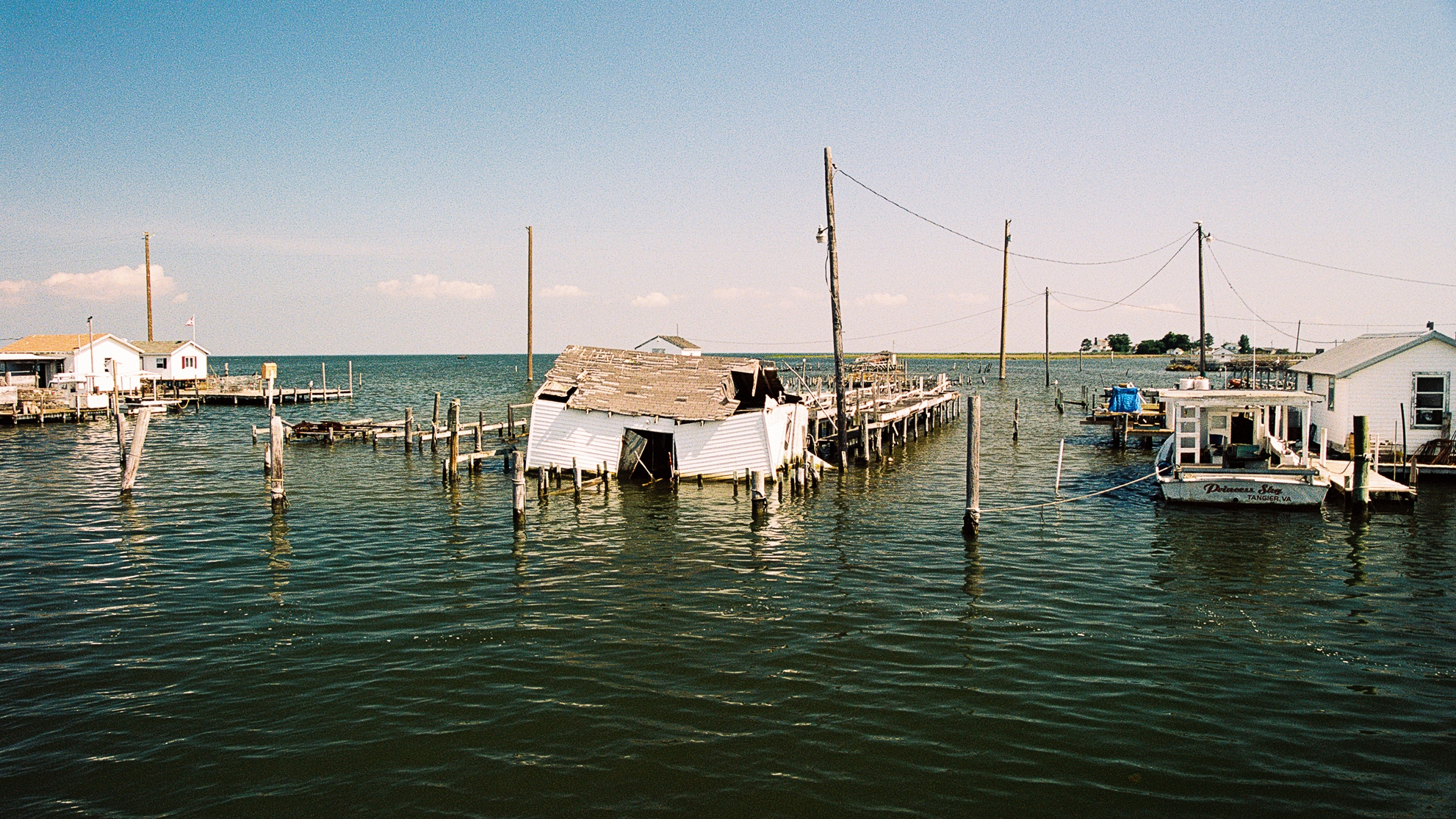
On the other hand, there is Tangier, an isolated small sliver of wetlands slowly sinking into the Bay, where the population has fallen to 500, where fishing, soft shell crabbing and oyster harvesting are the major industries, and where the people speak a Cornish American dialect, almost completely unintelligible to the average American.
Cornish families arrived progressively from 1678, when the Crocketts were one of first five to settle, (nearly all have the same few surnames Crockett, Pruitt, Thomas, Marshall, Charnock, Dise, Shores and Parks). Only the Crocketts are reliably known to be among the first five families that settled here.
Therefore, it is not surprising that there is a genetic disease, in this case it is characterised by the absence of HDL (high-density lipoproteins), the failure of not being able to make HDL. This results in esterified cholesterols being deposited in the reticulo-endothelial system, noticeably in the tonsils.
I have always been interested in these people who maintain their individuality, where the pressures to homogenise the society are compounded by the advances in communication.
There are lessons I’ve learnt from reading about a community that could be dismissed as a quaint relic without a voice in Virginian politics.
There is always resistance, but for the Tangier Island, it may come by trying to save an island where the highest point is only just over a metre above sea level. Otherwise, an isolated forgotten community inhabiting a piece of land slowly sinking in the Chesapeake Bay will be no more by 2037.
A shrinking community with a hereditary disease with a high morbidity, given that the deposition of the lipids is not restricted to the tonsils but also among other organs, in the coronary arteries of the heart.
There is no alcohol on the island with its strict Methodism. Visitors must observe the rules.
What price is America prepared to pay for its preservation?
It is always the dilemma of whether such small communities should be able to maintain a separate voice, when so many of the policy leaders lean towards a utilitarian approach. on their terms.
Mouse Whisper
Reading The Economist (Rodent edition)
If you want to learn a language just for fun, start with Swedish. If you want to rack up an impressive number, stay in Europe. But if you really want to impress, bulking up your brain to master Cantonese or Korean is the sign of the true linguistic Ironman (or woman).


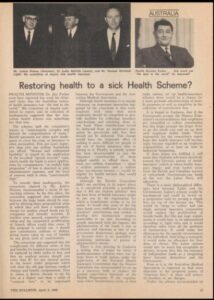
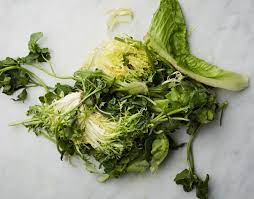 Meanwhile, the AMA sends out media releases printed on warm lettuce leaves.
Meanwhile, the AMA sends out media releases printed on warm lettuce leaves.
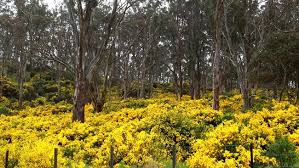
 You drive along the winding road South from Hobart into the Land of the Scarecrows. It is a picturesque drive through small villages and past farms. There is a collage of primary produce outlets and markets along the way. Fruit and vegetables are fresh; the taste tells me so. Tomatoes straight off the vine; wonderfully variegated beetroot and radishes; home to stone fruit and once where apple orchards and hop field dominated, now there are cherry trees covered in netting, and at the end of summer the trees are showing exhaustion after bountiful crops. This is the Huon Valley.
You drive along the winding road South from Hobart into the Land of the Scarecrows. It is a picturesque drive through small villages and past farms. There is a collage of primary produce outlets and markets along the way. Fruit and vegetables are fresh; the taste tells me so. Tomatoes straight off the vine; wonderfully variegated beetroot and radishes; home to stone fruit and once where apple orchards and hop field dominated, now there are cherry trees covered in netting, and at the end of summer the trees are showing exhaustion after bountiful crops. This is the Huon Valley.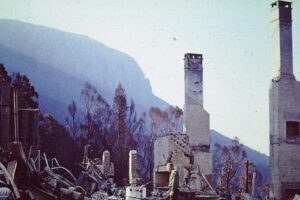 On 7 February 1967 Southern Tasmania was engulfed in fires, an event which came to be known as the Black Tuesday bushfires. They were the most deadly bushfires that Tasmania has ever experienced, leaving 62 people dead, 900 injured and over seven thousand homeless. The fires were particularly linked with Snug, which was almost completely razed. This occurred after a very rainy year in 1966, and there was plenty of bush to burn – as it did when the temperature rose, the wind came from the north-west and the humidity was low.
On 7 February 1967 Southern Tasmania was engulfed in fires, an event which came to be known as the Black Tuesday bushfires. They were the most deadly bushfires that Tasmania has ever experienced, leaving 62 people dead, 900 injured and over seven thousand homeless. The fires were particularly linked with Snug, which was almost completely razed. This occurred after a very rainy year in 1966, and there was plenty of bush to burn – as it did when the temperature rose, the wind came from the north-west and the humidity was low. But it’s one thing to read that nearly 5 million people played last year — an increase of nearly 40 percent over 2020, according to the sports association — and another to watch a loved one get sucked into the game’s gravitational pull. Flying to pickleball camps, joining multiple pickleball leagues, eying a $145 designer pickleball dress, and playing through the pain of pickleball elbow.
But it’s one thing to read that nearly 5 million people played last year — an increase of nearly 40 percent over 2020, according to the sports association — and another to watch a loved one get sucked into the game’s gravitational pull. Flying to pickleball camps, joining multiple pickleball leagues, eying a $145 designer pickleball dress, and playing through the pain of pickleball elbow.
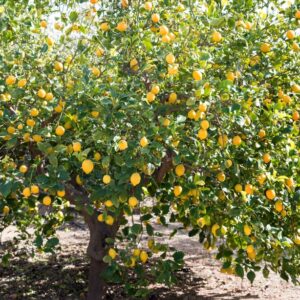
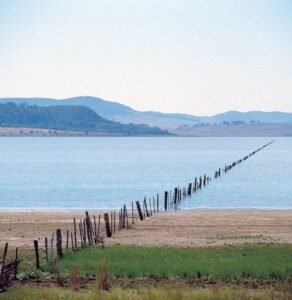
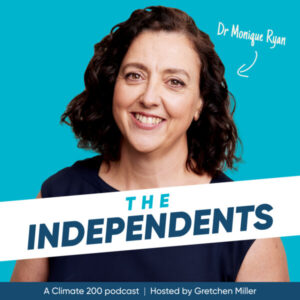 Talking of neurology, Professor Monique Ryan, a prominent paediatric neurologist has been elected to the Federal Parliament. As a member of a small sub-specialty, her natural health constituency is one of the “elitist” areas of the profession – small patient load given there are about 120 paediatric neurologists; yet, irrespective of needs, the sub-specialities keep on expanding
Talking of neurology, Professor Monique Ryan, a prominent paediatric neurologist has been elected to the Federal Parliament. As a member of a small sub-specialty, her natural health constituency is one of the “elitist” areas of the profession – small patient load given there are about 120 paediatric neurologists; yet, irrespective of needs, the sub-specialities keep on expanding
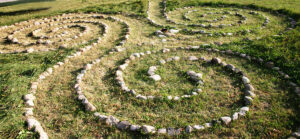


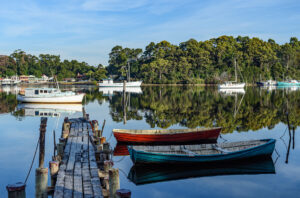



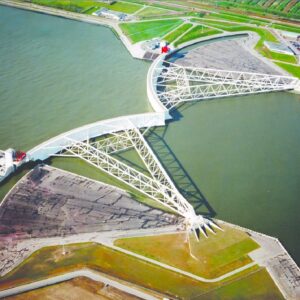

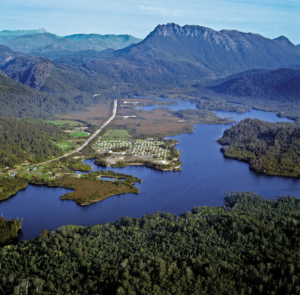
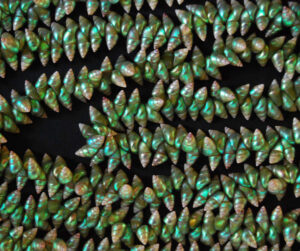
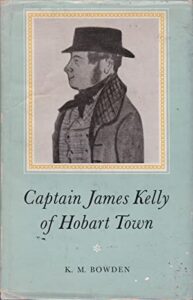 The description of female sealing in the Bass Strait islands is a prime example. No mention of herbs and spices in cooking the young seal. Having personally been one of those who have tasted seal, I would suggest it is not among my top ten gustatory phenomena.
The description of female sealing in the Bass Strait islands is a prime example. No mention of herbs and spices in cooking the young seal. Having personally been one of those who have tasted seal, I would suggest it is not among my top ten gustatory phenomena.
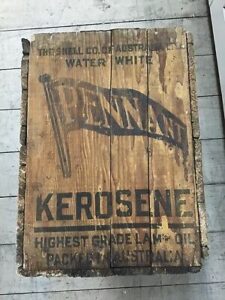
 Some nursing homes are attached to the public hospital. Therefore, I was in a position to influence the rules for visiting doctors. My initial approach was to look at the drug charts of each resident as this gives one an idea of how often the resident is reviewed by a doctor. The need for documentation is as essential as regular visits by the local general practitioner, and each nursing home should have access to a consultant geriatrician or specialist in rehabilitation medicine (and ensure one or the other visits regularly).
Some nursing homes are attached to the public hospital. Therefore, I was in a position to influence the rules for visiting doctors. My initial approach was to look at the drug charts of each resident as this gives one an idea of how often the resident is reviewed by a doctor. The need for documentation is as essential as regular visits by the local general practitioner, and each nursing home should have access to a consultant geriatrician or specialist in rehabilitation medicine (and ensure one or the other visits regularly). Government falls down in the implementation. Many of the ministers and the bureaucrats think that fussing over the nature of enquiry is enough, and unfortunately too much of the intellectual capital is invested in the initial enquiry and its report. In fact, the report is only the start; but too often it is the end point, gathering dust with so many others.
Government falls down in the implementation. Many of the ministers and the bureaucrats think that fussing over the nature of enquiry is enough, and unfortunately too much of the intellectual capital is invested in the initial enquiry and its report. In fact, the report is only the start; but too often it is the end point, gathering dust with so many others.
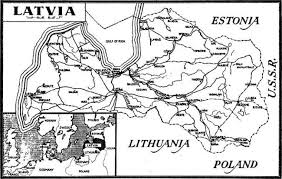 A year later it was the Germans’ turn to occupy the country, and a section of the Latvian people welcomed these new invaders; in fact they were numerous enough to create of division in the German army. Latvian Auxiliary Police battalions were raised from volunteers, the first sent to the front was involved in heavy fighting in June 1942 and acquitted itself well. Latvia however wanted to raise a Latvian Legion, under the command of Latvian officers, offering to raise an army of 100,000. In January 1943, Hitler agreed to the creation of the 15th Waffen Grenadier Division of the SS (1st Latvian). These Latvian police units were deeply implicated in the massacre of 90,000 Latvian Jews and 2,000 Roma people.
A year later it was the Germans’ turn to occupy the country, and a section of the Latvian people welcomed these new invaders; in fact they were numerous enough to create of division in the German army. Latvian Auxiliary Police battalions were raised from volunteers, the first sent to the front was involved in heavy fighting in June 1942 and acquitted itself well. Latvia however wanted to raise a Latvian Legion, under the command of Latvian officers, offering to raise an army of 100,000. In January 1943, Hitler agreed to the creation of the 15th Waffen Grenadier Division of the SS (1st Latvian). These Latvian police units were deeply implicated in the massacre of 90,000 Latvian Jews and 2,000 Roma people.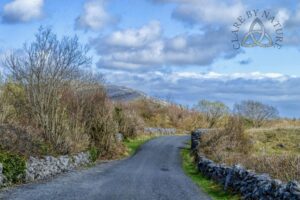



 Latkes are deep-fried potato pancakes and are a traditional food of Hanukkah, but reporter Tamara Keith couldn’t figure out how to make them, even with the help of her mother-in-law’s recipe. After spending some time in the kitchen with her mother-in-law, she learned that the recipe was to blame
Latkes are deep-fried potato pancakes and are a traditional food of Hanukkah, but reporter Tamara Keith couldn’t figure out how to make them, even with the help of her mother-in-law’s recipe. After spending some time in the kitchen with her mother-in-law, she learned that the recipe was to blame When they wanted to light the Temple’s Menorah (the seven-branched candelabrum), they found only a single pot of olive oil that had escaped contamination by the Greeks. Miraculously, they lit the menorah and this single pot of oil lasted for eight days, until new oil could be prepared with ritual purity.
When they wanted to light the Temple’s Menorah (the seven-branched candelabrum), they found only a single pot of olive oil that had escaped contamination by the Greeks. Miraculously, they lit the menorah and this single pot of oil lasted for eight days, until new oil could be prepared with ritual purity.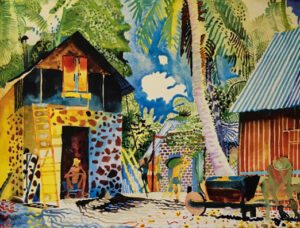





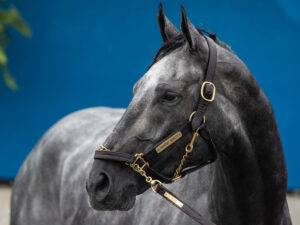

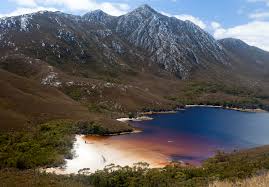
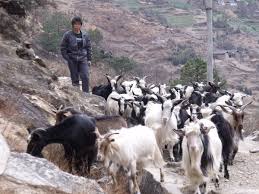


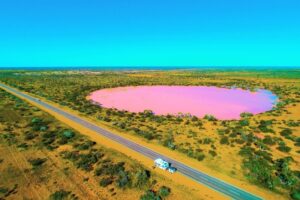


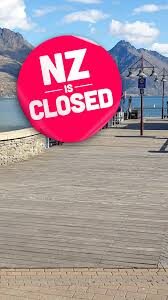 Look at the situation in New Zealand – one case in Auckland and the city goes into lockdown. Therefore the “outbreak fear” level approximates that here in Australia, unlike the USA where any fall in the prevalence of the Virus is almost invariably followed by a premature relaxation of restrictions. As was reported this week in the Washington Post “the downward trend in new coronavirus infections had plateaued, perhaps because officials relaxed public health restrictions too soon and more contagious virus variants were becoming more widespread. Experts say a vigorous vaccination effort is key to stamping them out.”
Look at the situation in New Zealand – one case in Auckland and the city goes into lockdown. Therefore the “outbreak fear” level approximates that here in Australia, unlike the USA where any fall in the prevalence of the Virus is almost invariably followed by a premature relaxation of restrictions. As was reported this week in the Washington Post “the downward trend in new coronavirus infections had plateaued, perhaps because officials relaxed public health restrictions too soon and more contagious virus variants were becoming more widespread. Experts say a vigorous vaccination effort is key to stamping them out.”
